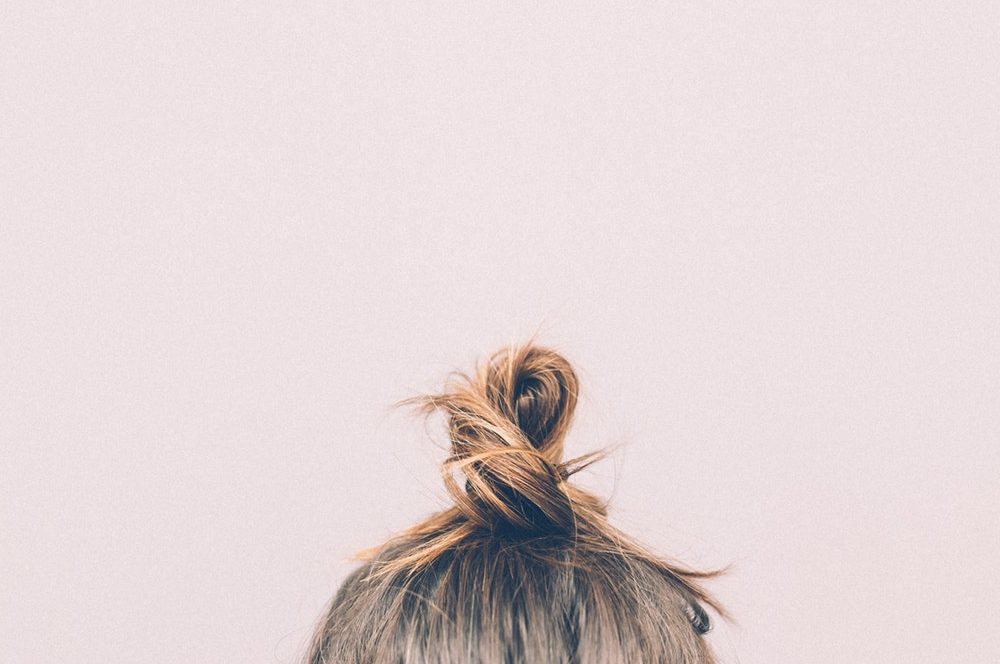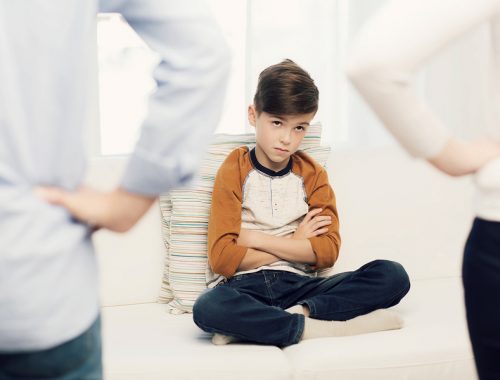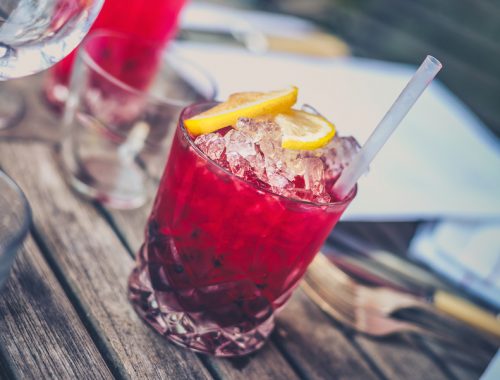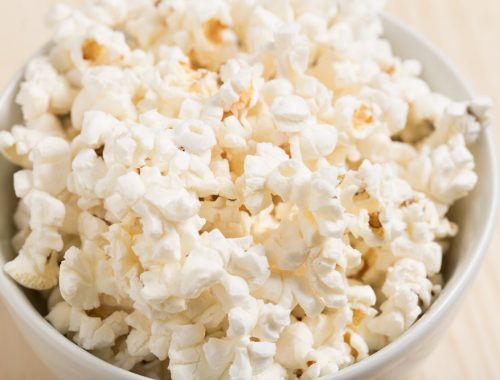Lice are a parasitic infestation of the hair and skin. The most common site of the parasite is the scalp of the head and hair of the host. The insect feeds on the blood of the host and bites from the parasites often cause itching. Yeah, yuck. Cases of this parasitic infestation are widely common in children but the good thing about it is that it is not known to be a vector of any disease. As parents, we must pay attention not only to the infection, but to the emotional ramifications of acquiring and treating head lice.
Head lice is normally transmitted or spread through direct contact with the head of a person whose head has been infested by the parasite. Transmission through contact with the body or personal belongings of an infected person is not very common. The insect normally lays eggs in the hair of it host and the eggs are attached to the shaft of the hair strands until they hatch into new insects. They usually have the capacity to proliferate very rapidly in a short span of time.
There are a number of ways or methods for treating this parasitic condition. However, no method or products guarantees total success after a single treatment. Chemical treatments include silicone based lotions, medicated shampoos, combing, shaving and blowing with hot air. We have heard about great results from Lice Squad.
If you are looking for a natural remedy, you can wash with a solution of shampoo, tea tree, lavender, peppermint, eucalyptus and rosemary oils. We discovered a natural remedy that has been said to work well:
Ingredients:
White vinegar
Tea tree shampoo
Coconut conditioner
Flea comb
Shower cap
Instructions:
First soak the head with vinegar. (tips: Let the bottle sit in hot water before pouring it on the head and hold a towel around your child’s face while pouring. If vinegar gets in the eyes it’s painful.) Once the head is saturated, squeeze out excess and place a shower cap on the head. Keep a towel around face and neck for dips and keep on for 45 min to an hour. The next step is to rinse out the vinegar in the shower. (Again avoid the eyes at all costs.) Now put on the tea tree shampoo. Lather into a rich foam and pile on top of the head. Let this sit for 20 minutes before rinsing. Rinse, then squeeze out excess water and glob on coconut conditioner. Put a fresh shower cap on the head and off to bed. The next morning, get your child back into the shower. Comb out hair section by section while rinsing.
Check your child’s head daily until every little nit is gone. If you do see one, remove it with your fingernails, one by one, then shampoo again with the tea tree shampoo. This stuff if a great preventative. Let everyone in the family use the for two weeks to prevent another out break.
Emotionally, your children may feel distraught and dirty if they acquire lice. They may be the victims of teasing and bullying at school. Be supportive and attentive to their emotions, and explain that lice are common and not their ‘fault’. (Lice prefer clean hair, so they are not a result of your child being ‘dirty’.) If self-esteem is affected, therapy or books such as “Natalie’s Lice Aren’t Nice” by Natalie Lillie, “Lice’ by Barbara Somervil,”Lice – Yikes” by Donna Caffrey or “You have Head Lice” by Susan Derkazarian may help do the trick.
– Jill Amery doesn’t much like bugs.





When my son got lice, I did NOT handle it well! I washed every sheet and pillowcase in the house EVERY DAY for 2 weeks (unnecessarily). Just follow the shampoo’s instructions, comb nits out twice a day with the lice comb shown above and they will be gone soon. I will be much more able to cope if it ever happens again!